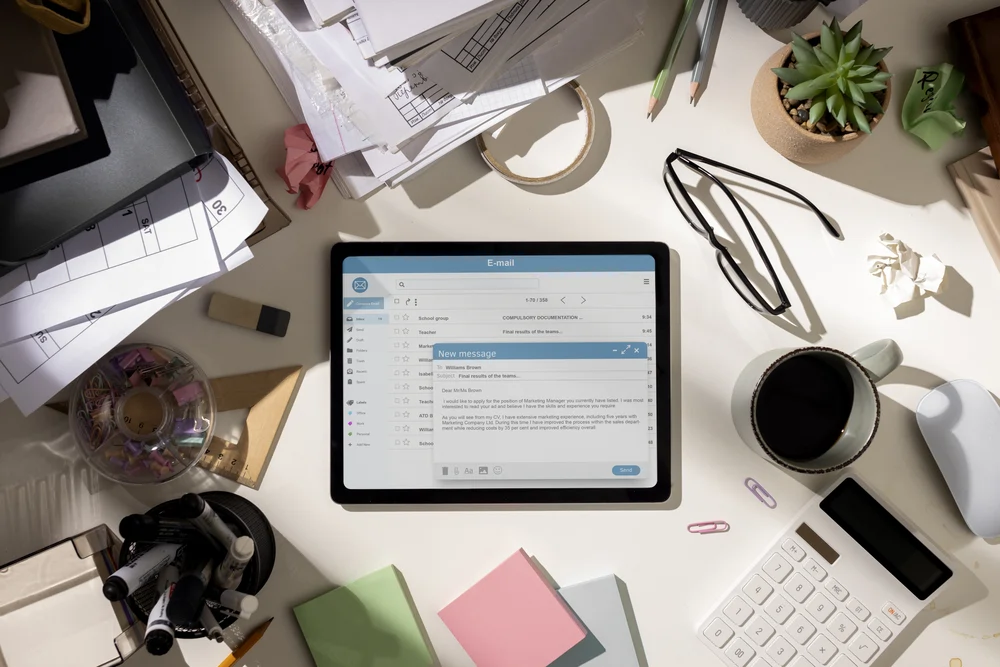Email marketing remains one of the most effective ways to connect with your audience, nurture leads, and drive sales — especially for small businesses. But managing campaigns manually can be time-consuming and inefficient. That’s where email marketing automation comes in. This guide will walk you through how small businesses can leverage automation to save time, increase engagement, and boost revenue.
1. What Is Email Marketing Automation?
Email marketing automation allows you to send targeted, personalized emails to your subscribers based on triggers, behaviors, or schedules — all without manual intervention. It helps deliver the right message at the right time, making communication more relevant and effective.
2. Benefits of Automation for Small Businesses
- Saves time: Automate repetitive tasks like welcome emails, follow-ups, and cart abandonment reminders.
- Increases engagement: Send personalized content that matches subscriber interests.
- Boosts sales: Timely emails can encourage purchases and upsells.
- Improves customer retention: Stay top-of-mind with regular, meaningful communication.
3. Key Automated Email Campaigns to Set Up
- Welcome Series: Greet new subscribers with a sequence that introduces your brand and sets expectations.
- Abandoned Cart Emails: Remind customers who left items in their cart to complete their purchase.
- Post-Purchase Follow-Ups: Thank buyers, request reviews, and suggest related products.
- Re-engagement Campaigns: Win back inactive subscribers with special offers or surveys.
- Birthday or Anniversary Emails: Send personalized greetings or discounts to celebrate milestones.
4. Choosing the Right Email Marketing Platform
Popular platforms like Mailchimp, ActiveCampaign, and Klaviyo offer user-friendly automation features tailored for small businesses. When choosing, consider:
- Ease of use
- Integration with your website or e-commerce platform
- Pricing based on your list size
- Available templates and customization options
- Analytics and reporting capabilities
5. Best Practices for Effective Automation
- Segment your audience: Group subscribers by behavior, demographics, or purchase history for relevant messaging.
- Personalize your emails: Use subscriber names and tailor content to interests.
- Optimize send times: Test and analyze when your audience is most likely to open emails.
- Maintain list hygiene: Regularly clean your list to remove inactive subscribers and reduce bounce rates.
- Monitor performance: Track open rates, click-throughs, and conversions to refine campaigns.
Conclusion
Email marketing automation empowers small businesses to build strong customer relationships and drive growth without adding workload. By setting up key automated campaigns, choosing the right tools, and following best practices, you can create a scalable email marketing strategy that delivers consistent results.





